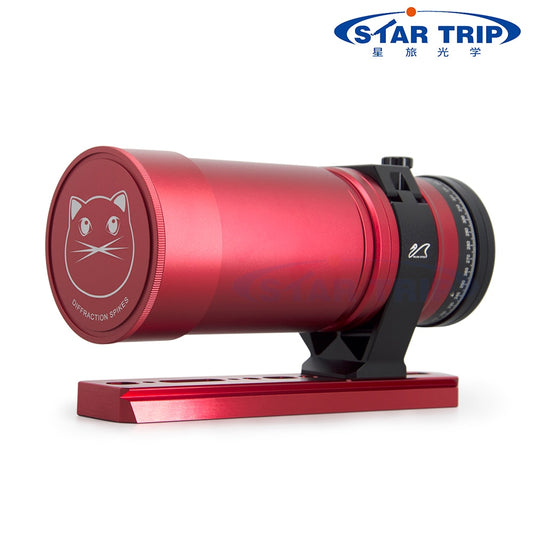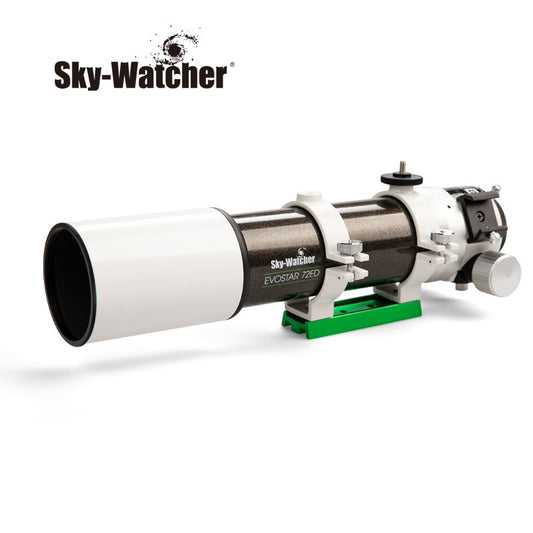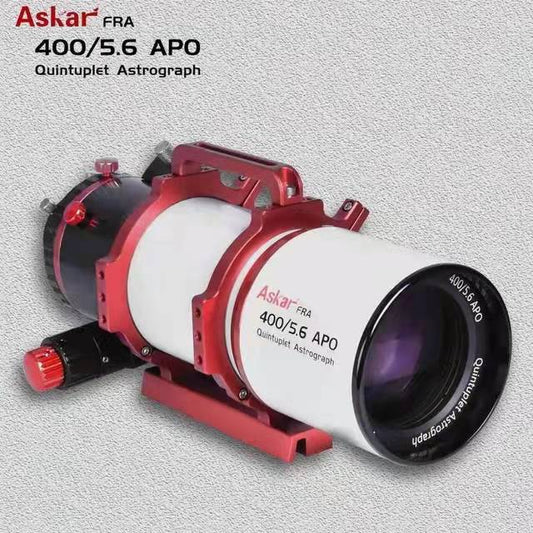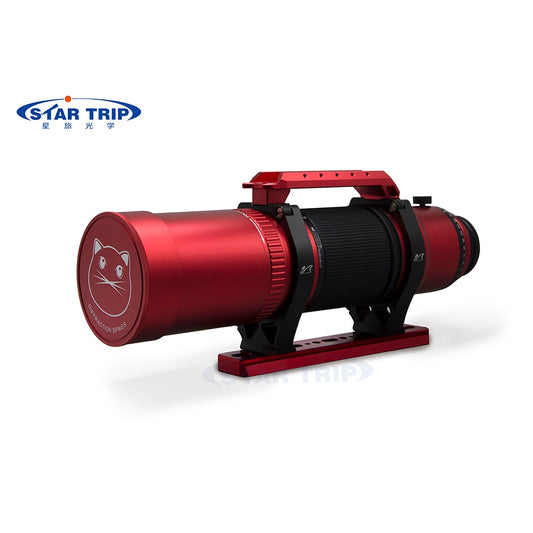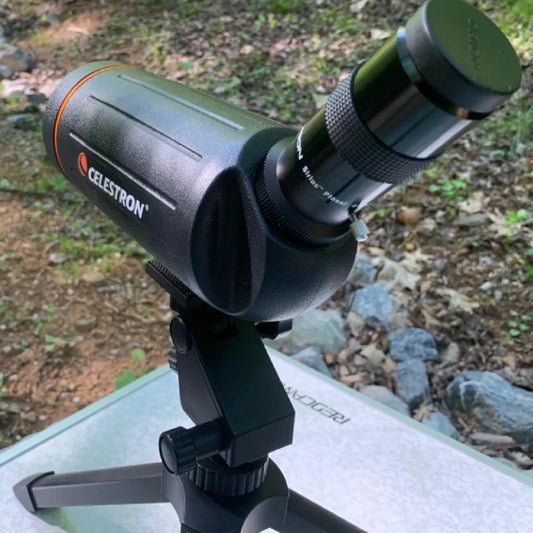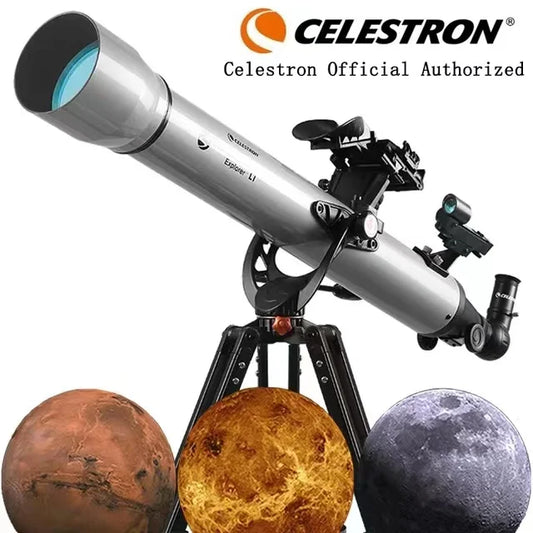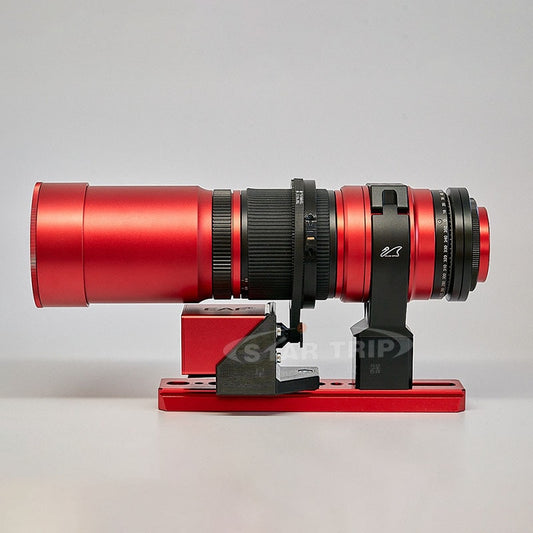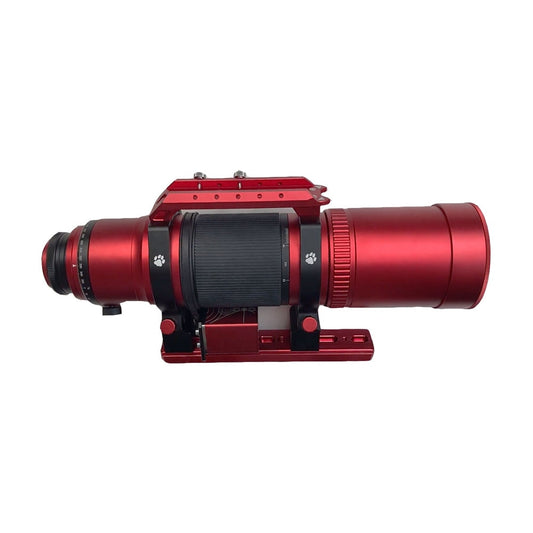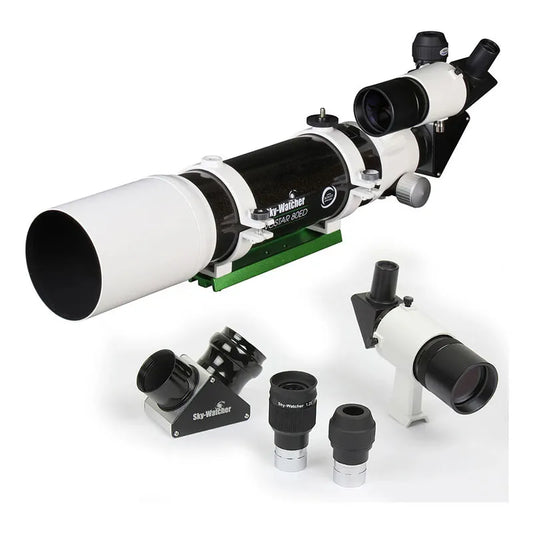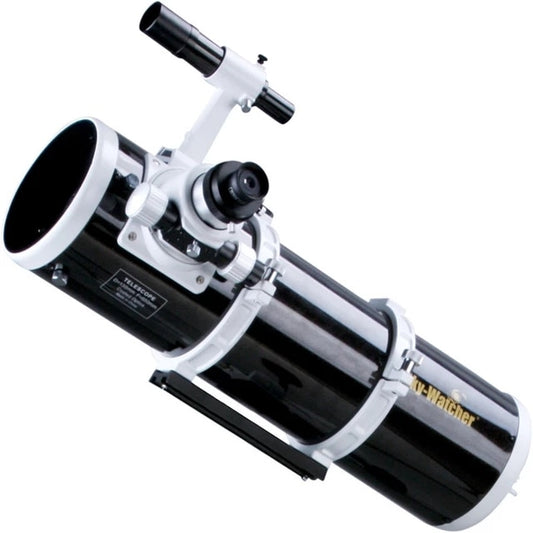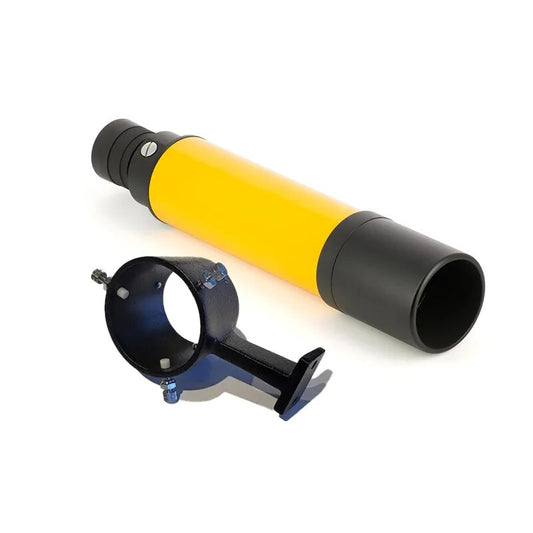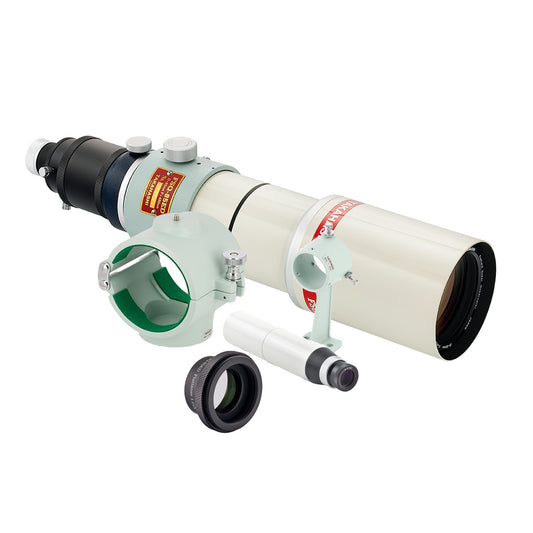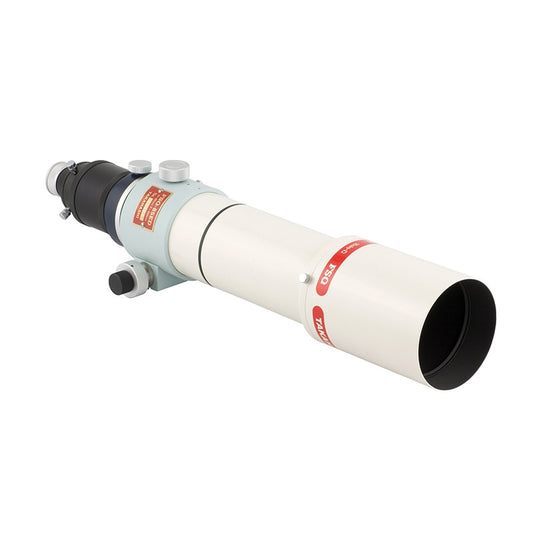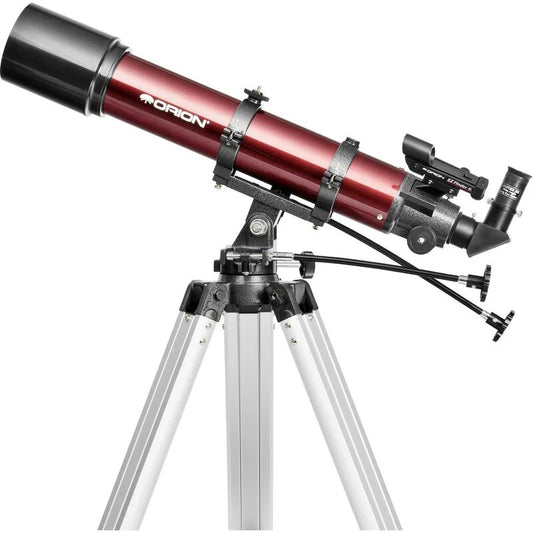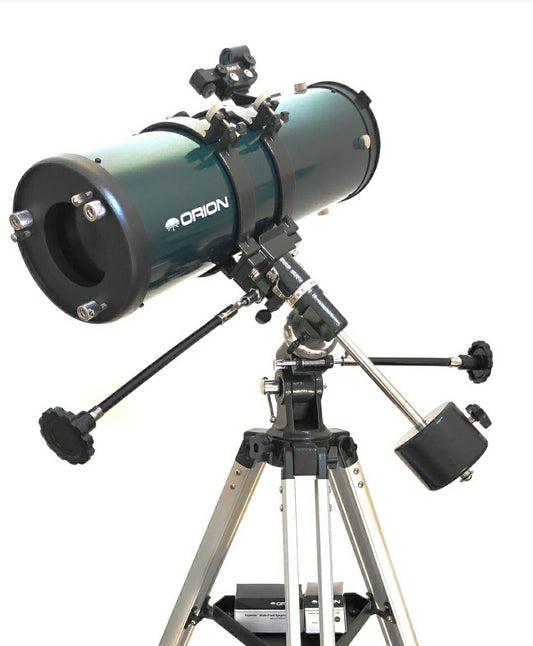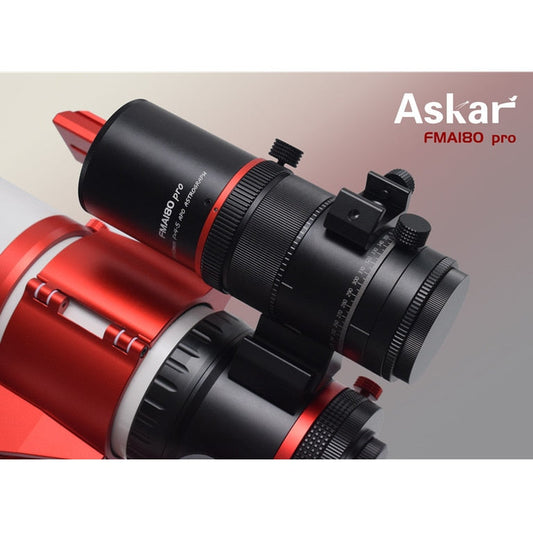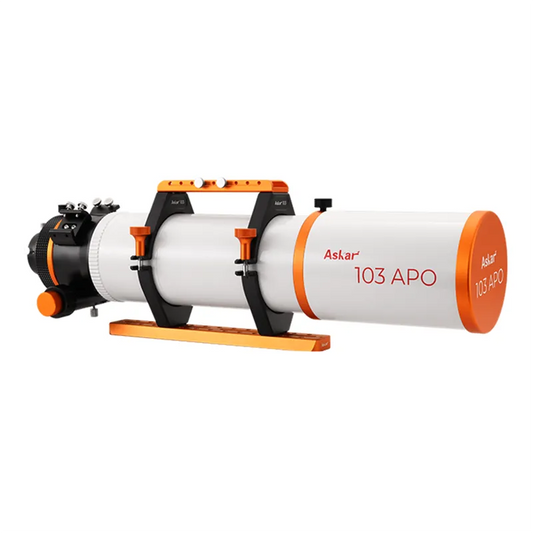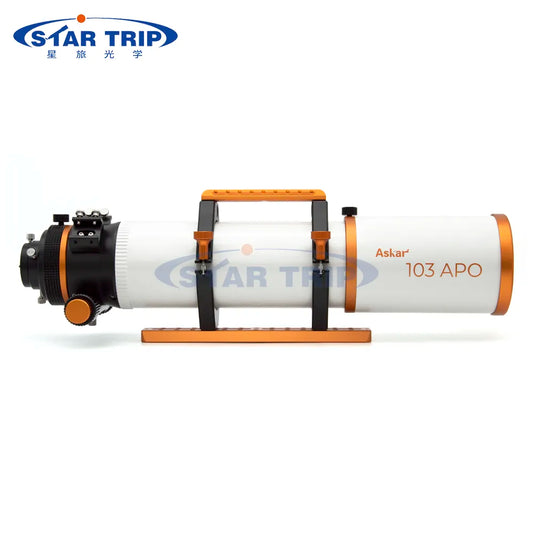Telescopes are essential tools for amateur and professional astronomers alike, allowing us to observe the wonders of the night sky and deepen our understanding of the universe. However, with so many different types and models of telescopes available, it can be challenging to know what makes a good telescope. In this blog post, we will explore the key factors that determine what makes a good telescope, including aperture, focal length, and quality of optics.

Aperture
Aperture refers to the diameter of the main lens or mirror of a telescope. A larger aperture allows more light to enter the telescope, resulting in brighter and more detailed images. As a general rule, a larger aperture is better for most types of observing, as it allows you to see fainter objects and more detail in brighter objects. However, larger apertures also tend to be more expensive and heavier, which can make them more difficult to transport and set up.
Focal Length
Focal length refers to the distance between the main lens or mirror of a telescope and the point where the light is focused. A longer focal length will result in higher magnification, allowing you to see more detail in objects that are further away. However, higher magnification also means a narrower field of view, which can make it more challenging to locate and track objects.
Quality of Optics
The quality of the optics in a telescope is a crucial factor in determining its overall performance. The main lens or mirror should be made from high-quality materials and be free from defects like scratches or warping. The eyepieces and other components should also be of high quality and designed to minimize distortion and other aberrations.
Mount
The mount of a telescope is another essential factor in determining its overall performance. A stable and sturdy mount is essential for keeping the telescope steady and preventing vibrations and other disturbances from affecting the image quality. There are two main types of telescope mounts: alt-azimuth and equatorial. Alt-azimuth mounts are simpler and easier to use but are less suited to tracking objects in the sky, while equatorial mounts are more complex but allow for smoother and more accurate tracking.
Price
Price is always an important consideration when purchasing a telescope. While it is possible to find good quality telescopes at affordable prices, it is important to remember that more expensive models often offer better optics, larger apertures, and more advanced features. It is also important to consider the cost of any additional components, such as eyepieces, filters, and mounts, when budgeting for a telescope.
Additional Factors to Consider
While the factors mentioned above are the most important when selecting a telescope, there are several additional factors that are also worth considering:
- Portability: If you plan to take your telescope on the go or travel with it, portability is an important consideration. Smaller and more lightweight telescopes are easier to transport and set up, making them a better choice for on-the-go observing.
- Ease of use: Telescopes can be complex and difficult to use, especially for beginners. Look for models that are easy to set up and operate, with intuitive controls and clear instructions.
- Accessories: Telescopes often come with additional accessories, such as eyepieces, filters, and finderscopes. Look for models that come with high-quality accessories that are well-suited to your observing needs.
- Type of observing: Different types of telescopes are better suited to different types of observing. Refractor telescopes, for example, are good for observing planets and other bright objects, while reflector telescopes are better for observing faint objects like galaxies and nebulae.
- Brand reputation: Finally, it is important to consider the reputation of the brand when selecting a telescope. Look for models from reputable brands with a history of producing high-quality telescopes and providing good customer support.
Conclusion
In conclusion, a good telescope should have a large aperture, a long focal length, high-quality optics, a stable and sturdy mount, and be within your budget. These factors work together to determine the overall performance and usability of a telescope, and it is important to consider them all when selecting a model. By understanding what makes a good telescope, you can make an informed decision when purchasing a telescope and enjoy the wonders of the universe from the comfort of your own backyard.
More Telescope Topics:
- Who Invented The Telescope?
- Why are Telescopes Important?
- When was The Telescope Invented?
- Why are Refractor Telescopes Popular?
- Best Deep Sky Objects by Month
- Best Telescope for Viewing Planets and Galaxies
- Best Telescope to See Planets and Galaxies
- Best Telescope Eyepiece for Viewing Planets
- Reflector Vs Refractor Telescope
- William Optics Redcat 51
- Takahashi Telescopes
- Brightest Objects in the Night Sky
- What Does a Focal Reducer Do on a Telescope
- Ax Telescope Mount
- Types of Telescopes
- Telescope Mounts Explained
- What is a Catadioptric Telescope
- Telescope Aperture
- How Does a Telescope Work
- Are There Telescopes for Smartphone Camera
- How Much Does a Telescope Cost
- Best Telescopes Under $1000
- What Does a Focal Reducer Do
- Stellarium
- Bahtinov Mask
- Qhyccd Polemaster Review
More Space Telescopes:
- Hubble Telescope
- Edwin Hubble
- Hubble Deep Field
- James Webb Telescope - The Future of Space Exploration
- James Webb Telescope vs Hubble
- Hubble Palette



